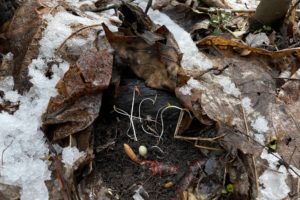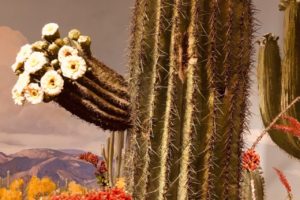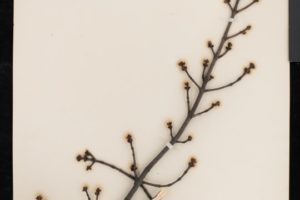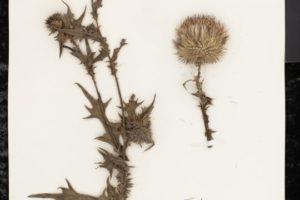
Investigate the incredibly diverse plant life of North America and Western Pennsylvania in Hall of Botany. Get lost in beautiful dioramas that depict wildly different biomes from all four corners of the United States. Learn about how animals and humans depend on plants for foods, shelter, medicine, and clothing. Discover how temperature and water affect plants by comparing a Florida everglade, an Alpine meadow on Mt. Rainier, an Arizona desert, and a wooded Pennsylvania valley. Identify herbs by their smells, and learn about photosynthesis and the food chain.
The hall also has several dioramas to show the plants and diverse habitats present in Western Pennsylvania. Local habitats like Lake Erie’s Presque Isle during the summer, a Warren County bog in the fall, and the Allegheny National Forest in the spring are all represented in Hall of Botany.
A video in the entryway showcases scientists collecting specimens in the field, preserving them, and ultimately digitizing them so the data can be used by researchers all over the world.
Labels and graphics were created in the museum’s Print Shop using green printing techniques: fiberboard composed of 100% recycled material and a new type of vinyl which contains no Polyvinyl Chlorides (PVCs).
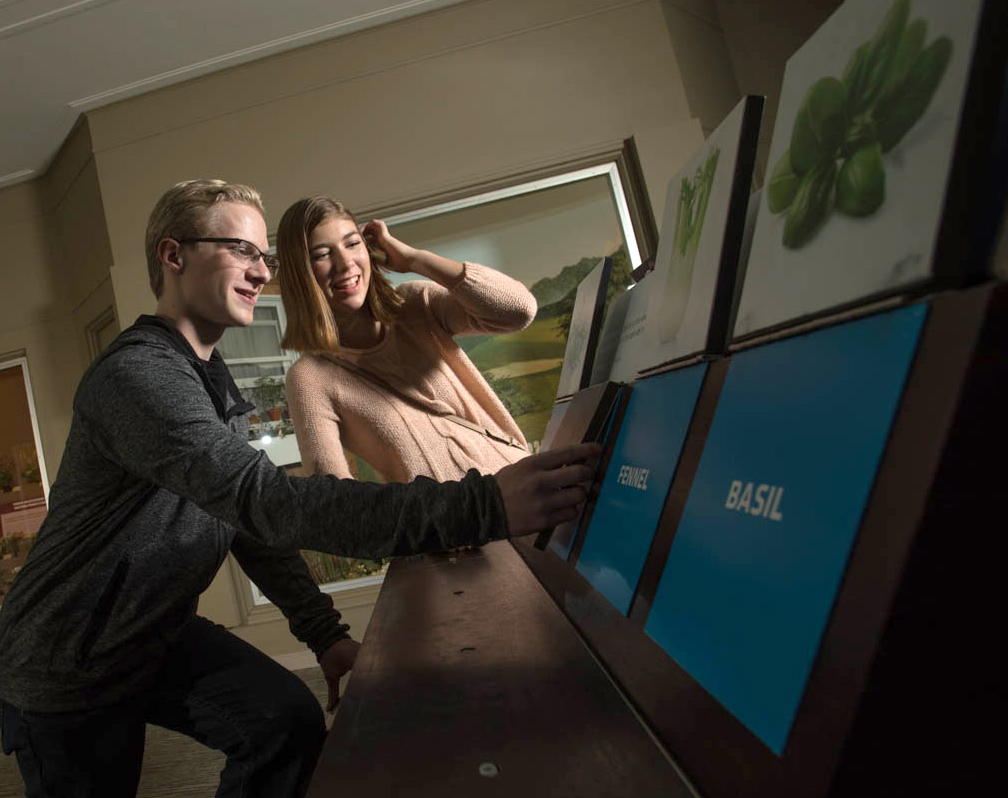
Meet our Botanists
Learn about the Botany Collection at the Museum
Carnegie Museum’s Herbarium (CM) is the major botanical facility in the Upper Ohio Valley region and ranks among the top 25 herbaria in North America.
Blogs about Botany

Exploring the Role of Leaf Litter In Our Forests
by Abby Yancy Leaf litter is the dead plant material that has fallen from trees, shrubs, and other plants. It hangs around …
Carnegie’s Cactus: Carnegie gigantea
by Patrick McShea Diplodocus carnegii, a sauropod star of Dinosaurs in Their Time, is not the only large organism exhibited at Carnegie …
Collected on this Day 105 years ago
So long, leaves. Autumn has fallen. This specimen of red maple (Acer rubrum) was collected on November 13, 1915 by Otto Jennings …
Collected on this Day in 1966: Santa Clauses
Christmas in July…”Santa Claus” floating in the air. (Or I guess, technically Boxing Day in July, if that’s a thing.) Make a …


